1. Housing Affordability Is in a Total Tailspin
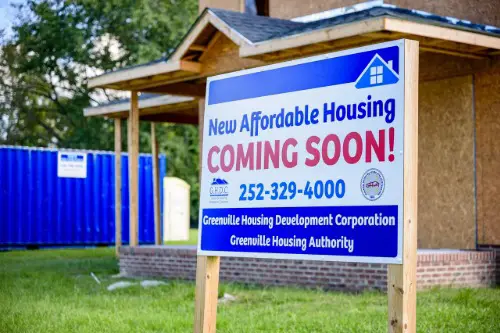
Over the past six months, housing prices have stayed high—but the real squeeze is in borrowing costs. With interest rates hovering above 7% on 30-year mortgages, even modest homes now come with brutal monthly payments. Renters aren’t catching a break either, especially in cities like Austin and Miami, where prices are still climbing. More people are stuck in place, and the dream of owning a home feels further away than ever, according to Drew DeSilver of the Pew Research Center.
To make matters worse, builders are slowing construction due to high material costs and labor shortages. That’s limiting supply even further, keeping prices elevated and competition fierce. Meanwhile, institutional investors are snatching up properties, which reduces inventory for everyday buyers. It’s a perfect storm, and no one seems to have a quick fix.
2. Student Loans Are Back—and Harsher Than Before

After a three-year pause, federal student loan payments officially resumed in October 2023. But over the last six months, millions of borrowers have struggled to restart payments amid higher living costs and stagnant wages. The Biden administration tried to soften the blow with SAVE plans and forgiveness tweaks, but the rollout has been bumpy. Some borrowers are confused, others are defaulting, and interest is compounding quickly, Justin Lahart of The Wall Street Journal explains.
To complicate things more, court battles are still ongoing over the administration’s ability to forgive broader swaths of debt. Some states are even trying to tax forgiven loan amounts. It’s created a messy patchwork of outcomes depending on where you live and how much you owe. Instead of solving the crisis, it feels like the system just got harder to navigate.
3. Grocery Prices Won’t Drop, Even When Inflation Does

Inflation is technically easing, but try telling that to anyone shopping for eggs or cereal, Nina Lakhani of The Guardian shares. Over the last six months, food prices haven’t fallen much—even as gas and used car prices cooled off. “Greedflation” became a talking point again as some companies reported record profits while keeping shelf prices high. For consumers, it feels like a permanent new normal.
Add in supply chain hiccups from global conflicts and climate-related farming disruptions, and it’s clear the system is fragile. Prices for basics like beef, dairy, and produce are still volatile. SNAP recipients are getting less support than they did during the pandemic, adding to food insecurity. It’s no wonder so many people are turning to food banks—even if they’re working full-time.
4. The Border Crisis Reached a Breaking Point—Again
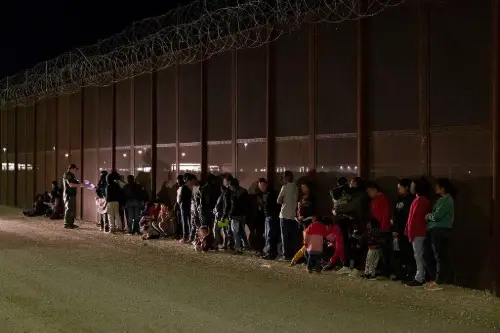
The southern border saw record-high crossings in December 2024, but the fallout kept snowballing into early 2025. Cities far from the border—like New York and Chicago—struggled to house and support migrants bussed in by states like Texas. Federal resources stretched thin, and political leaders from both parties clashed on how to respond. It became not just a border issue, but a national one.
In the last six months, bipartisan talks on immigration reform collapsed—again. The lack of a coordinated response has left cities improvising and migrants in limbo. Meanwhile, border agents are overwhelmed, and asylum case backlogs are growing. It’s not just a humanitarian issue anymore—it’s an infrastructure and governance crisis.
5. AI Is Coming for Jobs Way Faster Than Expected

Six months ago, AI still felt like a buzzword for the future—but it’s already reshaping workplaces in real time. Customer service, data entry, paralegal work, and even coding roles are being restructured or replaced, according to Aki Ito of Business Insider. Some companies announced layoffs explicitly tied to AI adoption, which is a big shift from even a year ago. Workers are scared, and reskilling programs aren’t keeping up.
The anxiety isn’t just among tech workers either—teachers, creatives, and marketers are all being told to “embrace AI or fall behind.” But embracing it doesn’t mean your job is safe. Most people weren’t prepared for how fast this transition would hit. Now, job security feels more uncertain than ever, especially for white-collar workers.
6. Mental Health Support Is Overwhelmed and Underfunded

Demand for mental health services has surged again in early 2025, especially among teens and young adults. But over the past six months, provider shortages have gotten worse, with long waitlists becoming the norm. Therapists are burned out, and many have stopped taking insurance altogether. That leaves millions without affordable access to help.
In schools, resources are stretched thin, and emergency room visits for mental health crises are rising. Rural areas are especially hard hit, where there’s often just one provider for an entire county. Telehealth helped briefly, but new state laws and insurance rules are limiting it again. The system is cracking, and it’s clear we weren’t prepared for this spike.
7. The EV Rollout Hit a Bumpy Road
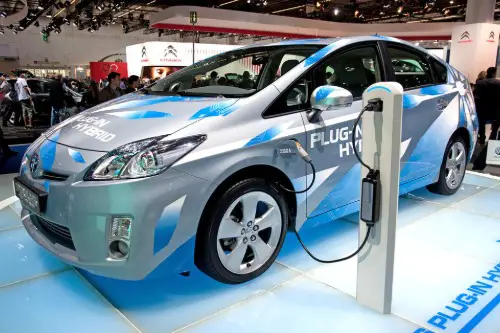
Electric vehicles were supposed to be the future, but the last six months exposed real growing pains. EV sales have slowed, particularly for mainstream buyers turned off by high prices and charging infrastructure gaps. Ford and GM have pulled back on production goals, and Tesla cut prices while laying off staff. It’s not exactly the smooth revolution we were promised.
In many regions, public charging stations are still unreliable or too few. Utilities are struggling to keep up with increased demand, and some states are dialing back incentives. It’s made some consumers hesitate, fearing they’ll get stranded—or stuck with outdated tech. The whole push now feels more like a stall than a sprint.
8. Childcare Costs Are Gutting Family Budgets

Federal pandemic-era childcare funding expired last fall, and the ripple effects hit hard over the past six months. Thousands of centers have closed or raised tuition just to stay afloat. For working parents, especially moms, the cost is becoming unmanageable—often rivaling their mortgage or rent. It’s putting many in the impossible position of choosing between career and care.
Waitlists are growing, especially for infants and toddlers, and quality options are vanishing. Some parents are turning to unlicensed care or leaving the workforce altogether. Meanwhile, childcare workers are still paid terribly, leading to high turnover and burnout. The sector is collapsing, and families are paying the price.
9. Political Violence Isn’t Just a Threat Anymore

Over the last six months, political violence and extremist threats have grown more frequent and less surprising. Statehouses have boosted security, judges are getting threats, and public officials are leaving office due to safety concerns. The sentencing of January 6 defendants has only deepened divisions, not cooled them. Online radicalization is bleeding into real life faster than law enforcement can keep up.
Election workers in swing states are bracing for 2024’s aftermath, and trust in democratic institutions keeps eroding. The rhetoric is getting uglier, and the line between protest and intimidation is blurring. It’s not hypothetical anymore—it’s happening, out in the open. The risk of another flashpoint is very real.
10. Climate Disasters Are Now Year-Round—and More Costly
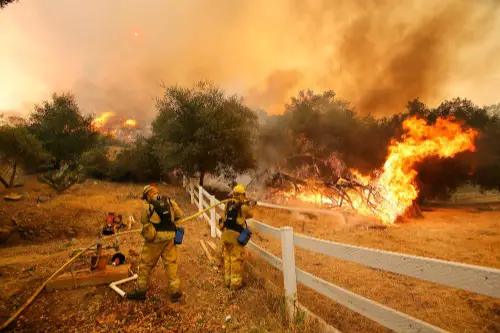
In just the last six months, Americans faced blizzards in April, wildfire smoke in May, and hurricanes out of season. These aren’t flukes—they’re the new normal. Insurance companies have started pulling out of high-risk areas like Florida and California. That’s making homeownership even more precarious for people who can’t afford sky-high premiums.
FEMA is stretched and often delayed in delivering aid, making recovery even harder. The financial and emotional toll is massive, especially for low-income communities. Infrastructure upgrades aren’t happening fast enough to meet the pace of change. And despite all this, meaningful climate policy remains stalled.
11. The Opioid Crisis Morphed Into a Fentanyl Nightmare
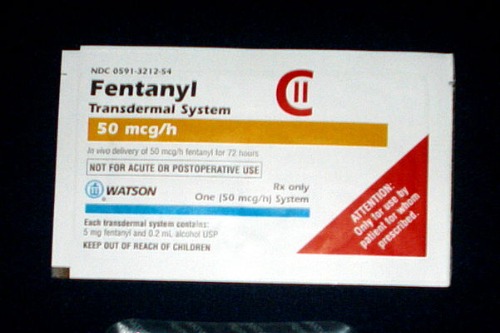
In the past six months, fentanyl overdoses have surged to record levels, especially among teens and young adults. The drug is now showing up in counterfeit pills bought online, making experimentation deadlier than ever. Naloxone is more widely available, but not widely used, especially in rural and suburban communities. The stigma around addiction continues to kill.
Synthetic opioids are cheaper and more potent, and cartels are finding ways to distribute them more efficiently. Law enforcement is struggling to keep up, and treatment centers remain underfunded. Grieving parents and local officials are begging for help that’s slow to arrive. What was already a crisis is now a full-blown catastrophe.
12. Deepfake Tech Is Making Misinformation Harder to Spot

Over the past six months, deepfake videos and AI-generated images have exploded in number and quality. Some have been used to impersonate politicians, commit financial fraud, or spread false narratives during elections. Even trained professionals are getting fooled, which makes fact-checking a nightmare. Trust in media has taken another hit.
Platforms like X (formerly Twitter) and TikTok are behind on moderation, and laws haven’t caught up. That leaves regular users vulnerable to scams or manipulation. With the 2024 election aftermath still fresh, this tech is a powder keg. People are starting to doubt what they see with their own eyes.
13. Public Transit Is Still in Crisis—and Ridership Is Falling Again
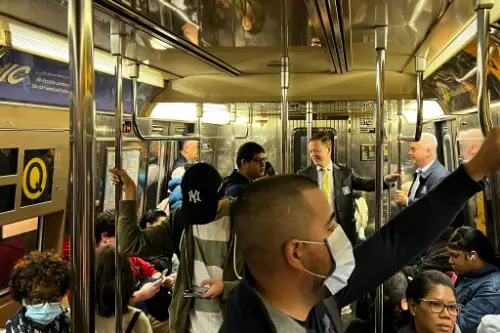
Just as ridership was starting to recover post-pandemic, the last six months have seen a dip again in many major cities. Safety concerns, inconsistent service, and high-profile delays are driving people back to cars. Agencies are strapped for cash and struggling to modernize aging systems. It’s a bad loop that feeds into itself.
When transit fails, it hits low-income workers the hardest—especially those who can’t afford Ubers or flexible work hours. Cities that promised green transportation are falling behind. And once ridership drops, funding often drops with it, making service even worse. It’s not just inconvenient—it’s undermining urban mobility and equity.
14. Crime Data Is Confusing Everyone

For months, headlines have been a mix of “Crime is down!” and “Cities are unsafe!”—and both feel sort of true. That’s because new federal crime tracking systems rolled out last year have led to inconsistent reporting. Not all police departments are submitting complete data, and some metrics are missing altogether. It’s making real analysis nearly impossible.
In the last six months, several cities have seen spikes in certain crimes (like car theft or retail robbery), while others have dropped. But without apples-to-apples comparisons, it’s easy for narratives to get weaponized. Politicians cherry-pick numbers, and public perception doesn’t match the facts. The result? Everyone’s confused, and no one trusts the stats.


